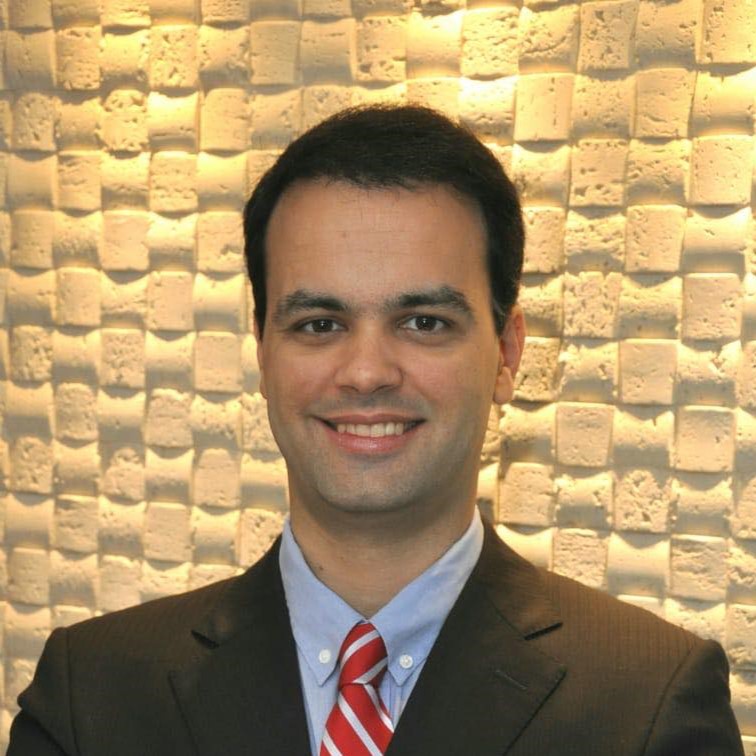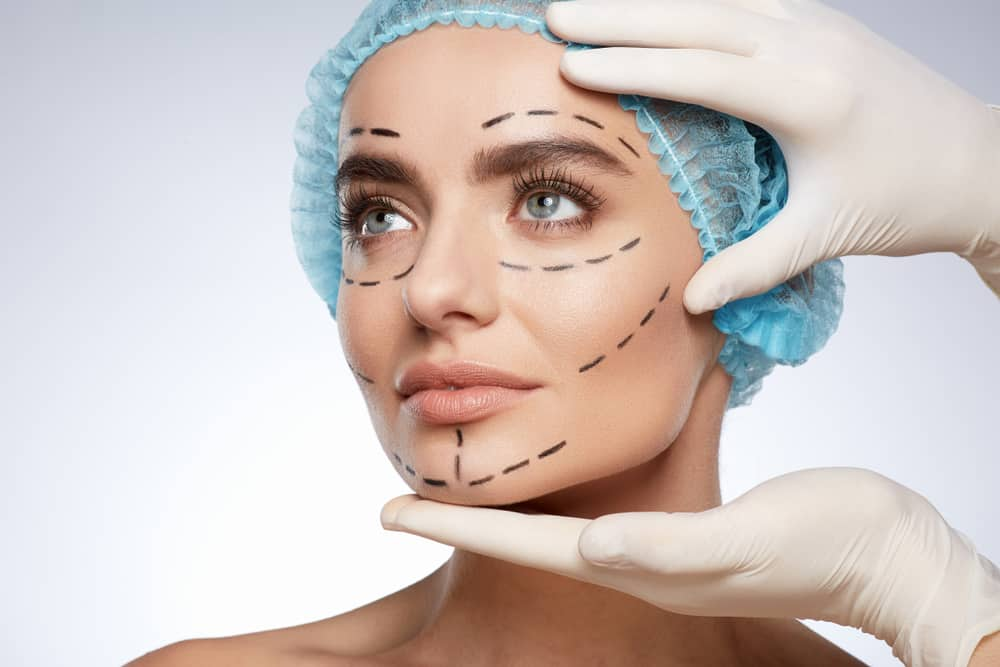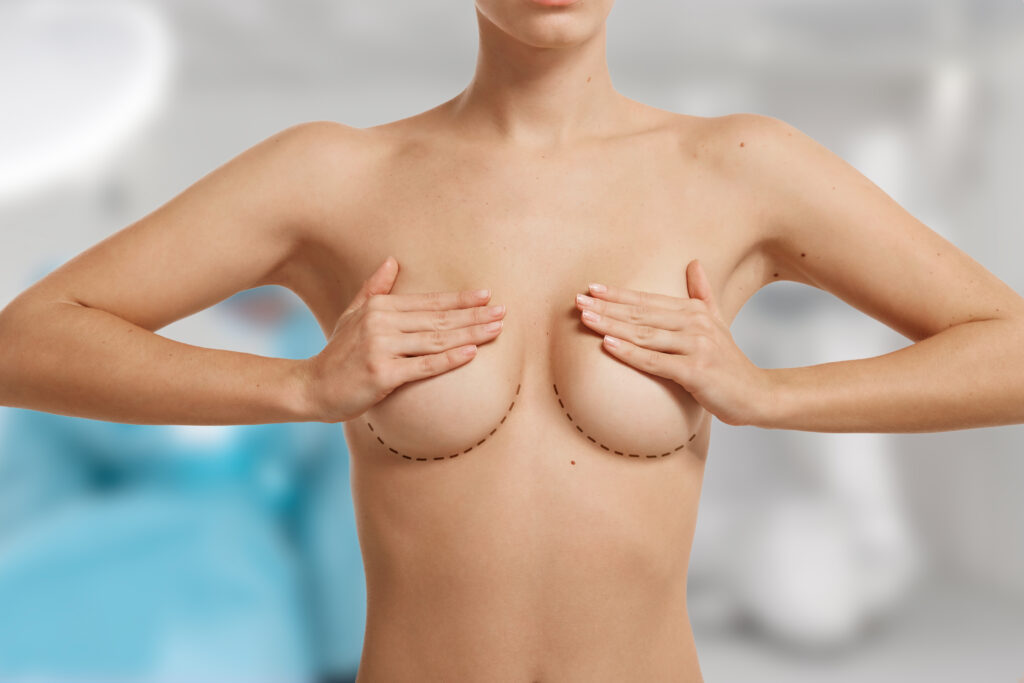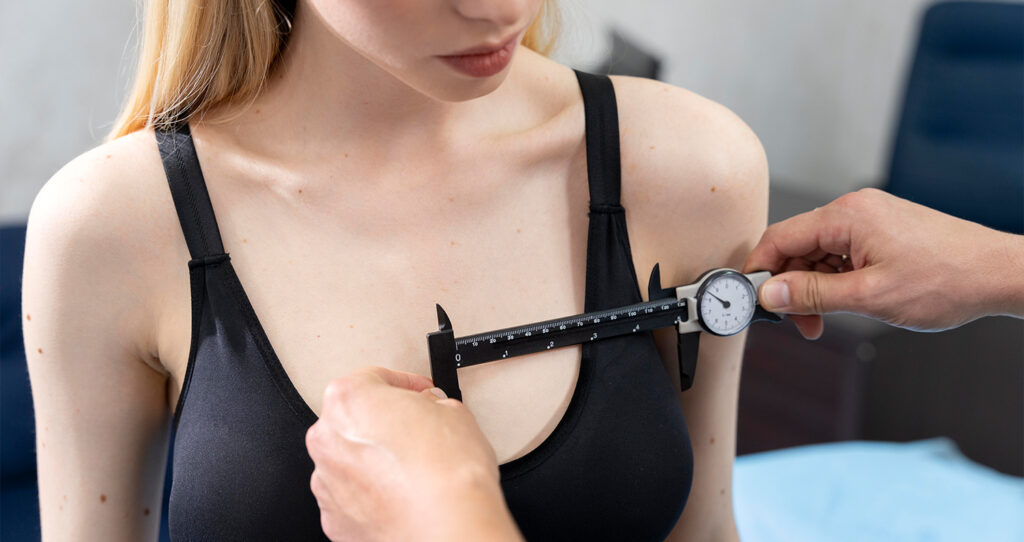If you read this, then you’ve heard something about blepharoplasty. You may see it as a magical surgery with an amazing effect. And you’ll be right. It is, however, the topic that needs a lot of attention.
We wanted to learn everything about blepharoplasty – what it is, how it is performed, the necessary steps to consider, and much more. As a result, we interviewed one of the best plastic surgeons in Río de Janeiro and collected a whole library of insights.
So let’s not waste time and explore everything you need to know about blepharoplasty to make it smooth and safe.
Blepharoplasty: Everything About the Surgery
What is blepharoplasty? This surgery is also known as an eyelid operation. It may sound scary, but in fact, it’s absolutely safe and transformational. Blepharoplasty is an aesthetic surgery that is popular due to removing excess skin wrinkles and fat from your eyelids.
In simple words, blepharoplasty helps to avoid the signs of aging, such as bags under the eyes. Even though this surgery helps people look youthful and not tired, blepharoplasty is also popular with its simplicity and fast results.
It’s a very short procedure that lasts two or three hours tops. In addition, you don’t need to spend a night in the hospital after the surgery. You can go home as soon as the sedation effect is gone.
– said Felipe Mazzillo, a plastic surgeon from Rio de Janeiro.

Who Is a Great Candidate for a Blepharoplasty Surgery?
We asked Dr. Felipe Mazzillo about who usually asks for blepharoplasty. “This is a procedure that most people in their older procure, sometimes as a genetic predisposition. Excess skin in eyelids does not always correlate with body weight. You can have high body weight and don’t have excess fat in the eyelids,” he answered.
To clarify it, we should say that sometimes you can’t even affect this issue, since, as Dr. Filipe said, it can be a genetic predisposition, and no diets will help here.
In general, people who seek blepharoplasty have such problems:
- Constant bags under the eyes
- Baggy eyelids (especially if they block your vision)
- Excess eyelids’ skin or fat

How the Surgery Will Be Done
You’re not alone if you’re afraid of doing blepharoplasty. Dr. Felipe Mazzillo says it is a common issue, but fortunately, there is nothing scary about it. But given that the surgery is made under anesthesia, people are still afraid of not being able to wake up.
Today, clinics use modern drugs and operating techniques that are tested and safe. It’s ok, however, to be afraid, but it shouldn’t stop you from doing blepharoplasty if you want to.
Before the surgery, your doctor may ask you to get rid of all blood-thinning medicines, like aspirin for at least one week before surgery, so as not to have a bleeding disorder.
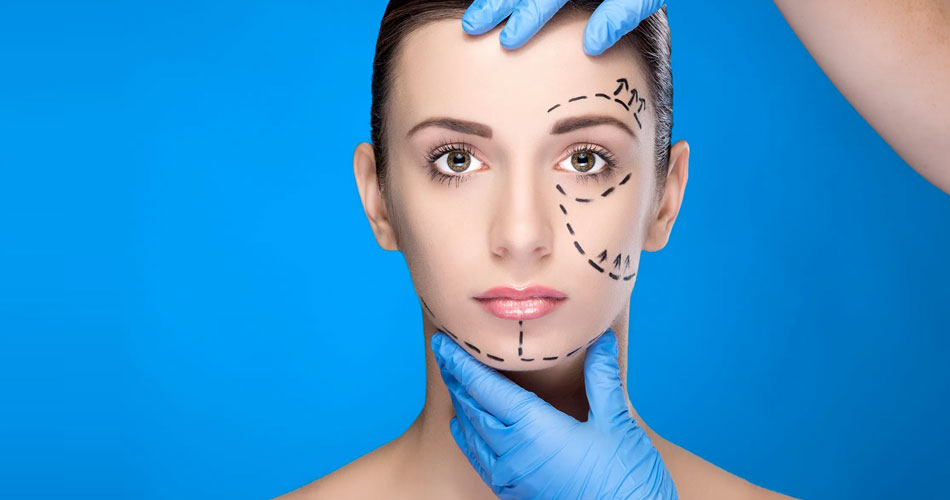
Upper and Lower Blepharoplasty
Not all people interested in blepharoplasty know there are lower and upper eyelid surgery. But we’ve figured this question out.
Upper blepharoplasty is the operation of the upper eyelids to treat excess skin and fat. During the upper blepharoplasty, the surgeon will make an elliptical-shaped incision in the place with excess skin and remove it. And then, through the incision, the surgeon will immediately remove all the medial fat pads.
Lower blepharoplasty is the same procedure, only with the lower eyelid. The surgeon will also remove the excess skin through an incision and remove the insidious fat pads (of which you have three). After everything is done, the doctor will finish the surgery with a precise suture.
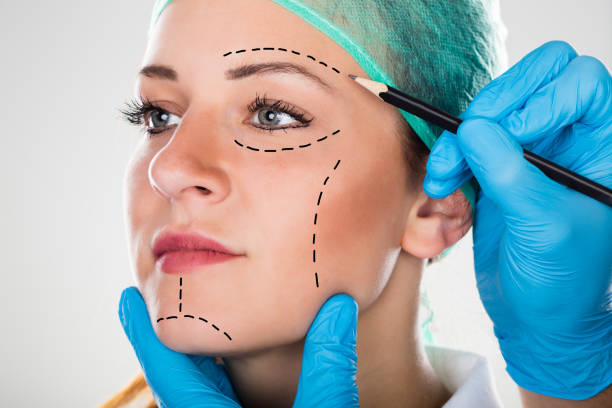
Aftercare and Results: What Should You Expect?
Getting ready for surgery becomes easier when you know what to expect and how to take care of your eyes. We have figured everything out with the surgeon and are ready to reveal all the details to you.
Aftercare
We have good news – 93% of all patients have a painless recovery. Some of them, however, may experience minimal pain. Also, your surgeon will tell you about ice and warm compresses for three days after surgery.
You can use ice packs or cold gel packs wrapped in a cloth for an ice compress. Apply your solution gently to the treated eyelids for up to 10 minutes, or as your doctor will say to you. This will help you to constrict blood vessels, limit blood flow to the recovery area, and reduce inflammation.
Warm compresses are popular during the first several days after the surgery with the ability to increase blood circulation to the eye zone, promoting healing and reducing swelling. To achieve these results, you’ll need to put a clean, soft cloth soaked in warm water on the operated area for a few minutes as well.
This routine will help you get rid of the bruising in between 15 and 30 days. After about the same 15 days, you’ll be able to return to your work (it depends on the kind of work you do). The complete recovery may last up to 30 days.
Results
Aging provokes the reduction of collagen, so your skin becomes flappy and droopy. As a result, your face may have an exhausted and even older look.
Well, with the help of blepharoplasty, you can easily turn back the wheel of time. It’s achievable because of the reduction of the fat (which surrounds your eyes) and the excess skin. Moreover, the improved look will give you a better eyes appearance and a much younger look in general.
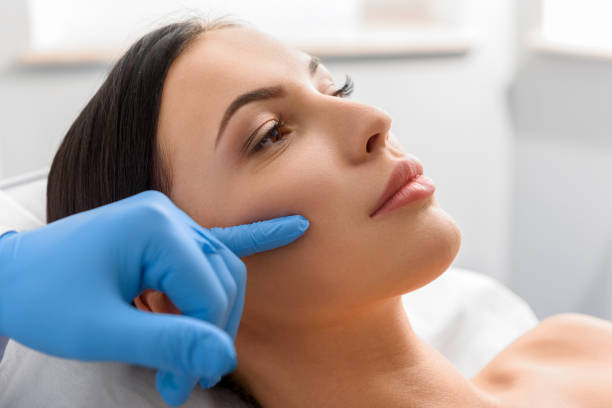
Are There Any Side Effects or Contraindications?
Blepharoplasty doesn’t have serious contraindications, but anyway, it has some. First, doctors don’t recommend blepharoplasty if you have ophthalmic, inflammatory, infectious, or viral diseases. Also, this surgery may not be the best option if you face dryness in your eyes, a shift in eye pressure, diabetes, or pregnancy. You should be healthy, then your body will recover with no problems.
Fortunately, all the side effects of blepharoplasty are temporary. They may include blurred vision, watering eyes, minimal pain, sensitivity to light, swelling, bruising, and numb eyelids.
In general, all of them will disappear within 2–4 weeks.
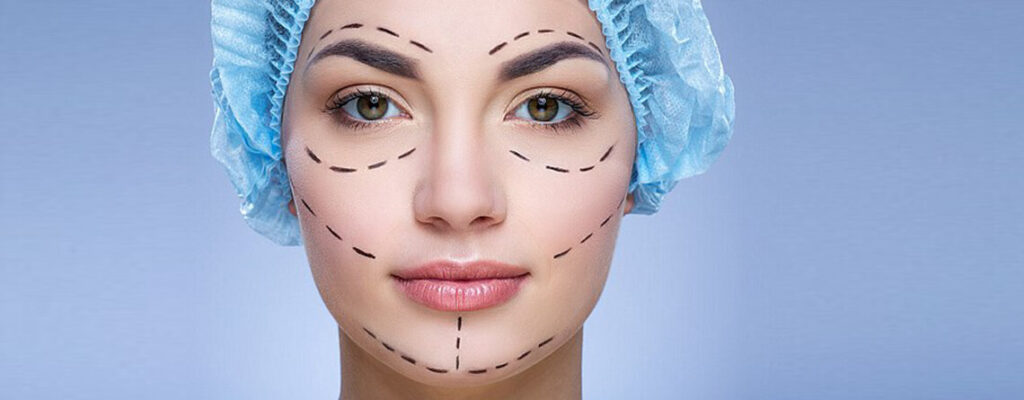
How to Choose the Best Surgeon
Blepharoplasty is a very precise surgery, so the doctor should be well-trained. As a result, choosing the right surgeon is essential if you want to get a high-quality effect.
We asked Felipe Mazzillo to give us some advice on how to find the ideal surgeon. Firstly, every country has a national plastic surgery society that regulates the professional board. So Felipe recommends looking for a surgeon that is part of this society. Blepharoplasty is a specific procedure that only a trained plastic surgeon can do.
Also, you should always look for a proper setting, such as a hospital. “You don’t have to be admitted for 24 hours afterward, but you have to be inside the hospital with minimal structures to address any serious adverse events that may develop,” Dr. Felipe Mazzillo says.
Final Thoughts
All of us can have some features we don’t like, and bags under our eyes are no exception. Fortunately, today’s world develops so fast that it offers us a solution to almost every issue.
Now you know what blepharoplasty is. It is a surgery that will return your confidence and youthful look. However, there are some details you must pay attention to for things to go smoothly.
We did our best to find all the necessary and reliable information to help you become the best version of yourself. We hope that our article helped you clarify all the concerns you had.
FAQ
👀 What Is the Cost of a Blepharoplasty?
The price for the blepharoplasty, on average, is between $5-10k. This price includes the surgery itself and all the recovery visits. You have to pay for the consultation and post-operative care separately.
👁 In Which Cases Is Blepharoplasty Indicated?
Blepharoplasty is ideal if you have bags under the eyes, baggy eyelids, and excess skin that blocks your vision or just looks unpleasant.
⏳ How Long Does Blepharoplasty Last?
Blepharoplasty is a short surgery that lasts between 3 and 5 hours. In addition, you don’t need to spend time lying in the hospital.
🧨 What Can Replace Blepharoplasty?
There are the CO2 laser and other procedures, such as fillers and hyaluronic acid fillers. However, they are temporary. The effects usually last for one year, but you can treat and reduce some signs of aging.
